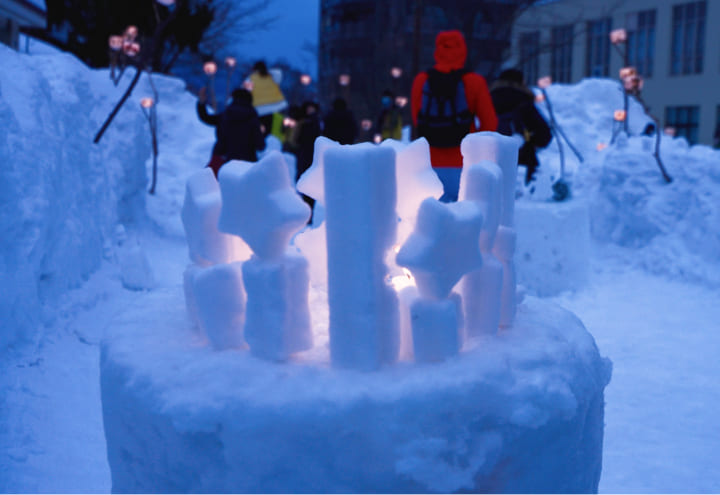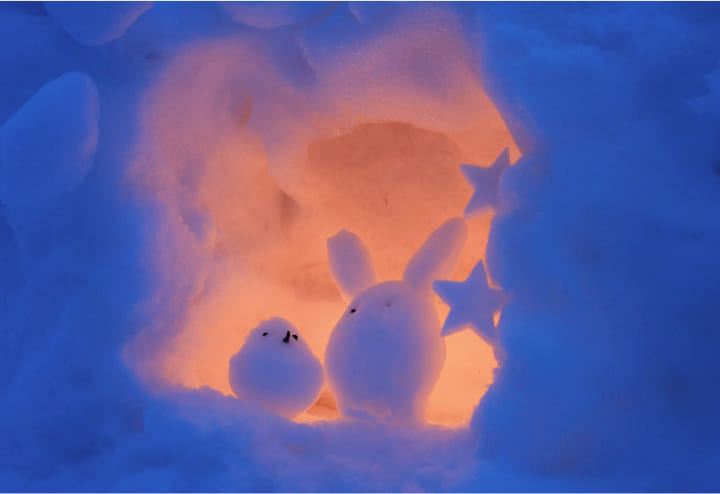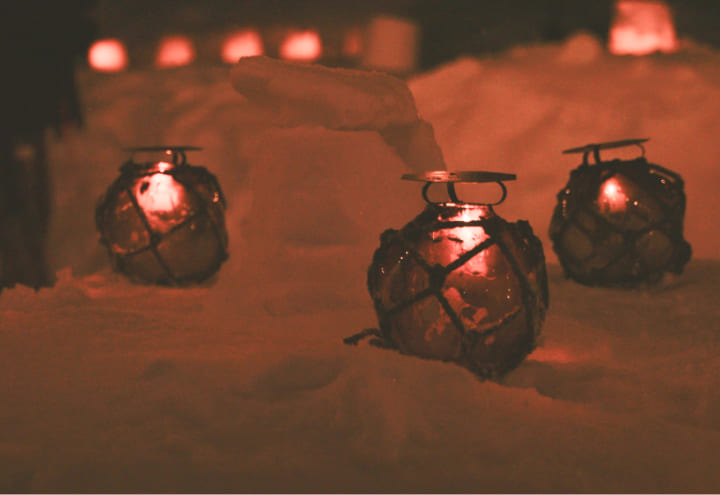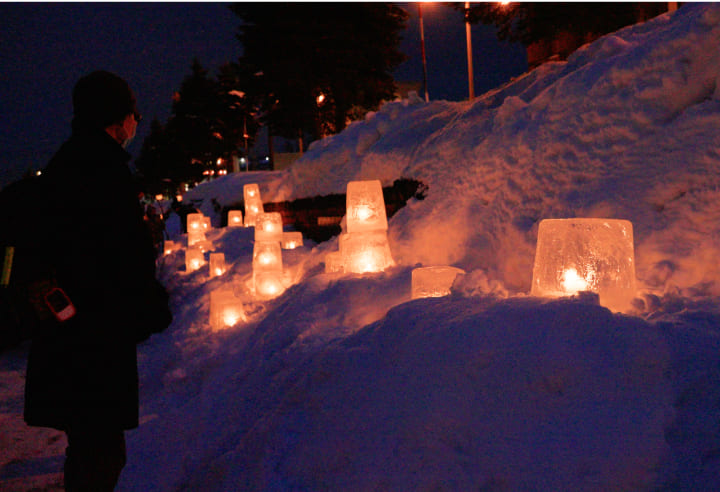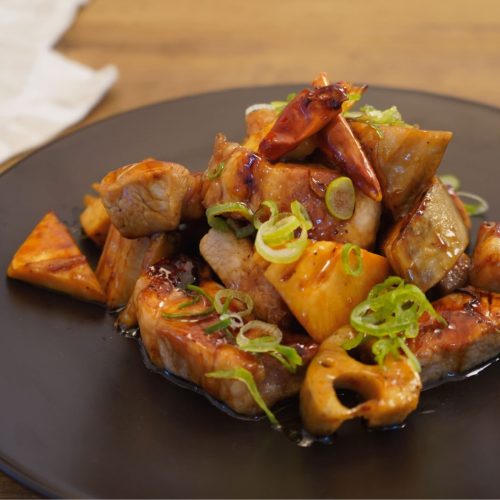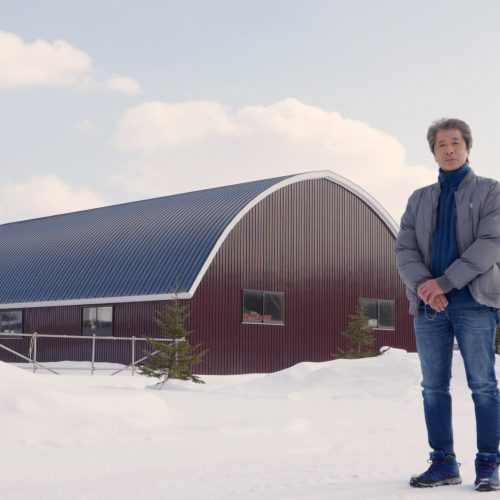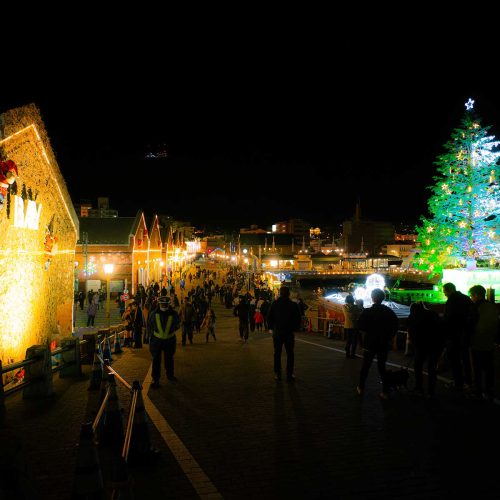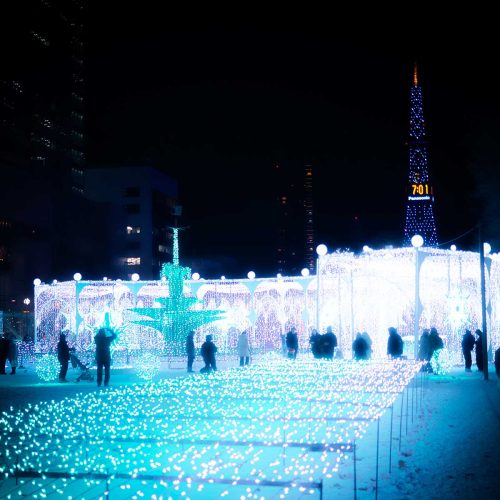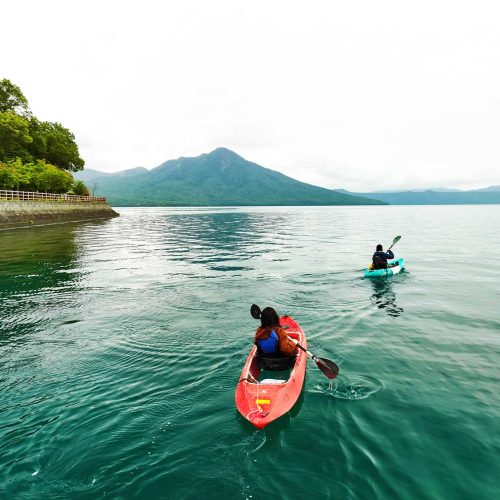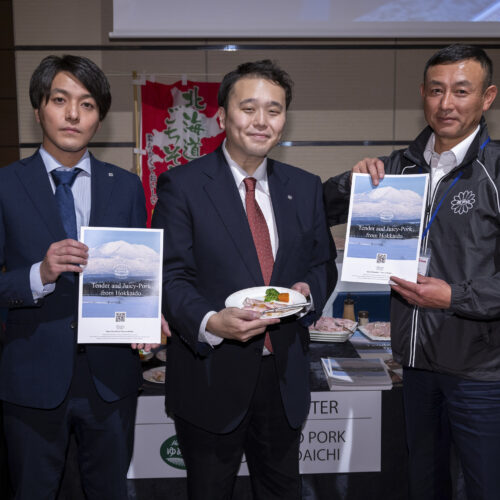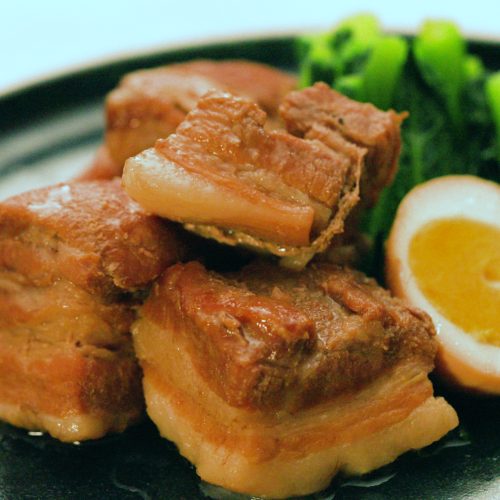- EXPERIENCE HOKKAIDO
Soft candle light illuminates Otaru in winter -Experience volunteer staff at “Otaru Yukiakari no Michi”

Otaru once prospered as a northern trading port.
In the late Edo period (1603-1867), Kitamae-bune ships*1 loaded with the bountiful nature of Hokkaido traded with the coast of the Sea of Japan, the Kansai region, and the Seto Inland Sea. Some products were even distributed to Taiwan and China via the Ryukyu Islands.
In the Meiji era (1868-1912), a railroad was built, and it played a role as a port for shipping coal, and in the Showa era (1926-1989), it prospered as a relay port with Karafuto*2.
Otaru was rather the center of Hokkaido’s economy and logistics, even more important than Sapporo.
The warehouses lined up along the canal are dimly lit by gas lamps, and along with the existing stone buildings in the city, it conveys the bustle of the past and invites nostalgia.
In Otaru, February is the coldest month of the year. “Otaru Yukiakarino Michi” will be held.
The nostalgic atmosphere of the port city of Otaru combined with the flickering lights of snow candles made by local residents will warm your heart.
In the first installment of the “Yume no Daichi” journal, I would like to report on my experiences as a volunteer staff member at one of Hokkaido’s representative winter events, the “Otaru Yukiakari no Michi,” which celebrated its 25th anniversary this year.
*1 Kitamae-bune: Merchant ship that traveled the Japan Sea coast from the Edo period to the Meiji period. The shipowners themselves earned profits by buying and selling goods at ports of call. As information transmission became more sophisticated during the Meiji period, the role of the ship gradually came to an end, as regional differences in prices decreased and overland routes developed.
*2 Karafuto: The name of a place when the southern half of Sakhalin Island, Russia’s largest island located north of Hokkaido, was Japanese territory.
Index
The birth of “Otaru Yukiakari no Michi” and now.
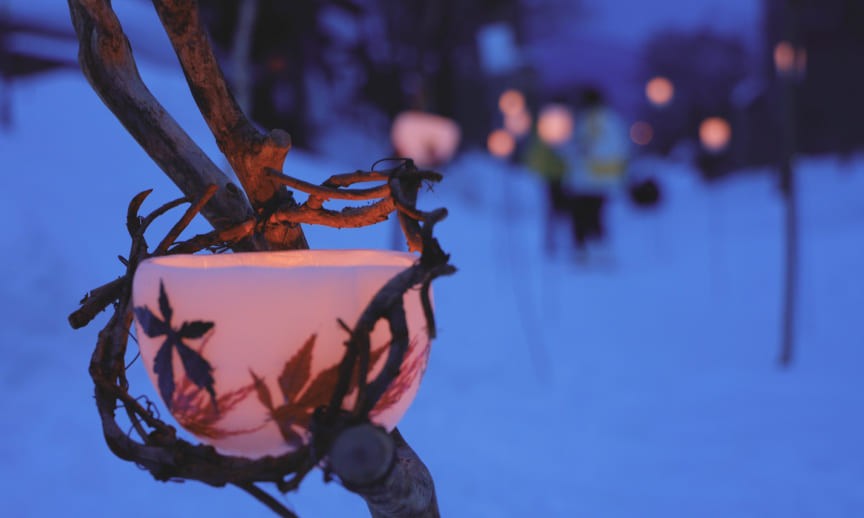
The “Otaru Yukiakari no Michi” was created in 1999, when the skiing events of the National Athletic Meet were to be held in Otaru, in response to citizens’ requests for something to do as a winter event.
Named after a collection of poems by Sei Ito, a poet from Otaru, it won the Grand Prix of the Ministry of Land, Infrastructure, Transport and Tourism’s “Handmade Local Land Award” in 2018. It is now widely recognized as a wintertime tradition in Otaru.
The scale and duration of the festival vary from year to year, but in 2023 it was held for 10 days.
At dusk, handmade snow and ice sculptures are set up along the canal promenade, at the site of the old railroad line, and throughout the city, and the flickering candlelight envelopes Otaru.
Visitors enjoy the harmony of snow and light in the silver world of the event at night, far from the bustle of the city.
The scene is exactly like the world of “Yukiakari” by Sei Ito.
Experience volunteer staff at the Temiya Line venue.
This time, I had the opportunity to work as a volunteer staff member at the Temiya Line venue, one of the four main venues of the festival.
The Temiya Line venue is located near the former Ironai Station on the Temiya Line, which was closed down in 1985, near the center of Otaru, known as the “Wall Street of the North.
The Temiya Line was the first railroad in Hokkaido, opened between Sapporo and Temiya in 1880 by the government-run Horonai Railway, and extended to Horonai two years later, transporting mainly coal and Otaru’s specialty marine products until the line was closed. Today, the site is a park that is enjoyed by the public.
Mr. Chiba, who is called a legend, teaches us how to make snow objects.
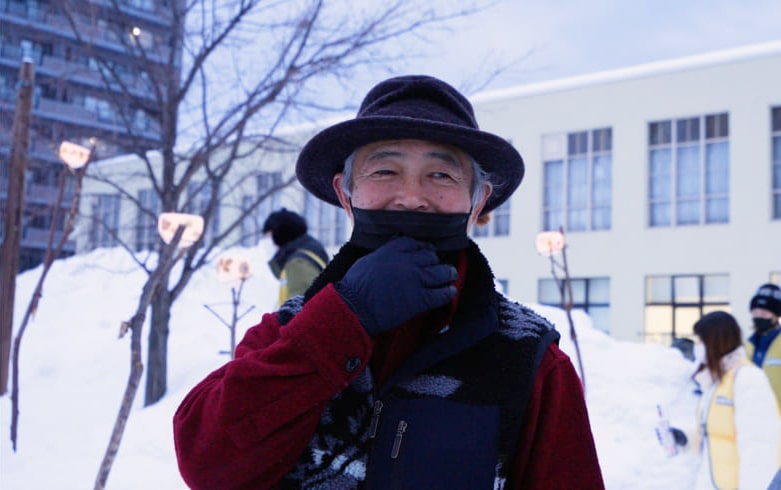
Hiroshi Chiba, who has been a volunteer staff member for 16 years, runs this venue.
Every year, Mr. Chiba travels from his hometown of Sendai to Hokkaido during the “Yukiakari no Michi” season.
“He only tells his close acquaintances that he’s here, so people at work wonder, ‘Where does he go every year?'” he laughs.
While being taught by Mr. Chiba, I tried to actually experience production.
I was entrusted with creating an object on a waist-high cylindrical pedestal made of snow.
Freely create shapes with snow on the platform.
“Leave a space in the middle for the candle.” “It’s good to use this mold.”
Mr. Chiba’s lecture is precise and concise.
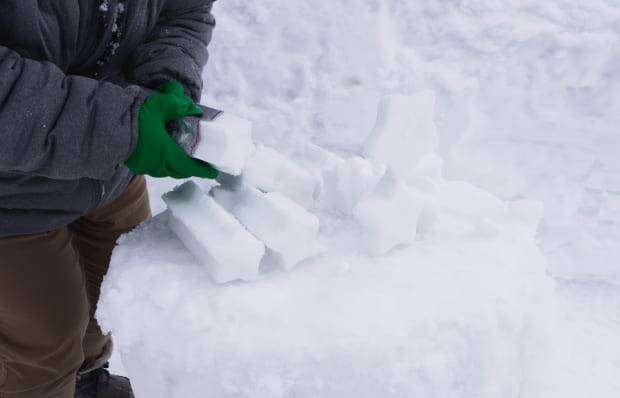
The temperature on this day was +2°C, which is warm for Otaru at this time of the year, but my hands were getting cold from touching the snow.
Keeping Mr. Chiba’s advice in mind, I made parts of several objects and tried to arrange them.
The Temiya Line venue is a venue that still retains the scenery of the time when the “Otaru Yukiakari no Michi” began to be held. The candle holders made from wax bowls and the three-dimensional snow light of the snow candles are beautiful, and many people take commemorative photos.
It was a great responsibility to be in charge of one of the objects at the venue.
After repeating putting and moving for a while, it was completed somehow.
“Ah, well done, isn’t it?” Mr.Chiba, who is my master, praised me, and I felt relieved.
Parents and children immediately take pictures. It seems to have done its job somehow.
The volunteer staff is international.
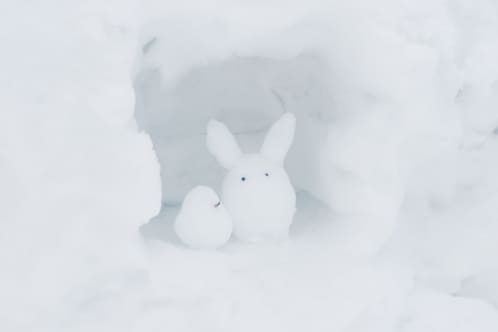
During the production of the objects at the Temiya Line venue, volunteer staff Ahn Jeong-hee from South Korea spoke to me in very fluent Japanese.
This is Ann’s second time participating, after last year’s event was postponed due to the coronavirus pandemic.
The reason for participating in the event was that, “Winter in South Korea is similarly cold, but snow is rare, so I wanted to see pure white snow in Hokkaido.”
“It’s fun to interact with people from various countries during the festival,” she said with a smile.
Volunteer staff from not only Japan but also from overseas play an active role in the “Otaru Yukiakari no Michi”. This year, participants came from Korea and Taiwan, and in Taiwan, a tour for volunteer staff is being organized. When I was at the event, I was laughed at and talked to by many people. Ann was one of them.
“Look, this rabbit was made by me. Isn’t it cute?”
A small bunny rabbit is looking at me through a hole in the snow wall.
Pointing at the cute little bunny, Ann smiled.
Then the “YukiAkari no Michi” quietly begins.
Around 16:30, as sunset approaches, lit candles are placed in the objects and snow candles at the venue. Volunteer staff members light the candles.
The shining white snow during the day turns bluish as dusk falls, and the flickering orange flames of the candles dimly illuminate the outlines of the objects.
At the Otaru Canal, which celebrates its 100th anniversary this year, 200 of the “floating balls,” which were the foundation of Otaru’s glass art, were lit by candles and floated on the water.
Across the canal, old warehouses line the sea side, while pale blue gas lamps and orange street lights line the mountain side. The objects and snow candles made by the volunteer staff add color to the scene.
By 17:00, everything is ready to go, and the contrast between the evening darkness and the lights increases with the passage of time. The number of people at the venue increases. The quiet “Otaru Yukiakari no Michi” begins.
Ah, a snow storm.
Houses are buried in it, blinded Buried in the snow.
Even on this dreadful night gently tap the snow from your window and peek out.
That blizzard roaring through the trees. After it’s all gone.
You’ll see it without being noticed.
It’s snow light.
It’s surprisingly bright.
There are no more roads But it’s a faint blue snow glow.
Editor

YAMAUCHI Asami
Writer
Born in the Okhotsk region of Hokkaido. After leaving Hokkaido, she realized its charms and made a U-turn and moved to Hokkaido with her family. Her favorite things to do are grilling meat in nature and playing Frisbee with her dog. She will share with you the charms of Hokkaido's slow pace of life, its sightseeing spots, gourmet food, and other attractions through hands-on experience.
